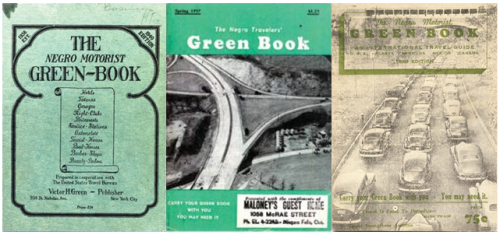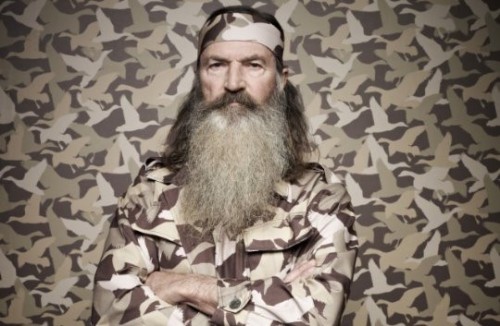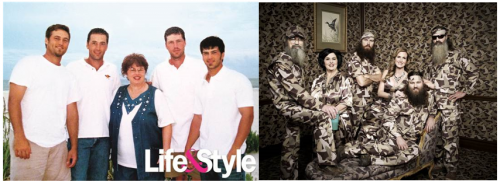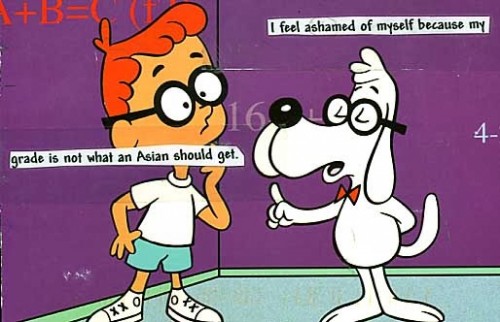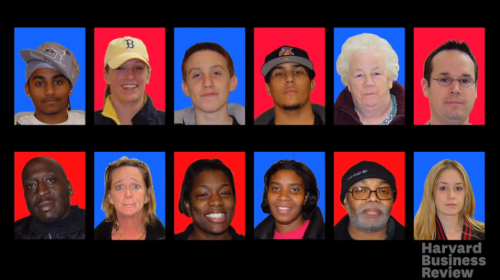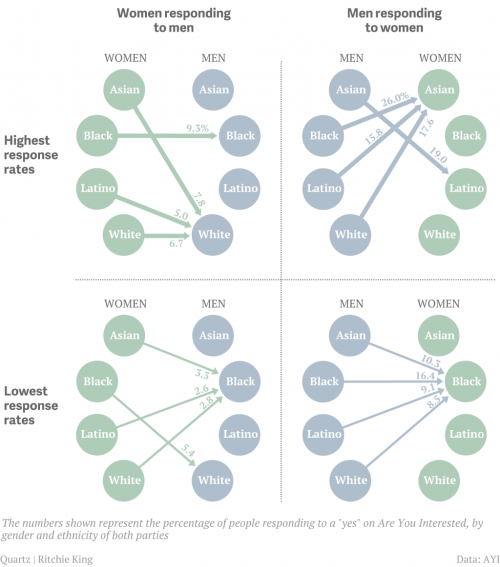We’re celebrating the end of the year with our most popular posts from 2013, plus a few of our favorites tossed in. Enjoy!
What’s the big deal about uptalk? In The College of William & Mary’s Tom Linneman took a look at how women and men both use uptalk in his new study, “Gender in Jeopardy! Intonation Variation on a Television Game Show” in Gender & Society.
The punchline? Women use uptalk more frequently, but men use it as well. For men, however, uptalk signals something completely different.
What is uptalk?
“Uptalk is the use of a rising, questioning intonation when making a statement, which has become quite prevalent in contemporary American speech,” explains Linneman. Uptalk in the U.S. is reported to have emerged in the 1980s among adolescent women in California, aka “Valley Girls,” and it has become more widely used by men and women since then. Uptalk has been associated with a way of talking that makes women sound less confident.
Jeopardy! was Linneman’s clever setting for observing how women and men use the speech pattern. The associate professor of sociology analyzed the use of uptalk by carefully coding 5,500 responses from 300 contestants in 100 episodes of the popular game show. He looked at what happened to speech patterns when contestants — from a variety of backgrounds — gave their answers to host Alex Trebek. Although the contestants were asked to phrase their response in the form of a question, they used uptalk just over a third of the time.
How do men use uptalk?
Linneman found that men use uptalk as a way to signal uncertainty. Linneman explained, “On average, women used uptalk nearly twice as often as men. However, if men responded incorrectly, their intonation betrayed their uncertainty: Their use of uptalk shot up dramatically.” On average, men who answered correctly used uptalk only 27% of the time. Among incorrect responses, men used uptalk 57% of the time. In contrast, a woman who answered correctly used uptalk 48% of the time, nearly as often as an incorrect man.
Men’s uptalk increased when they were less confident, and also when they were correcting women — but not men. When a man corrected another man — that is, following a man’s incorrect answer with a correct one — he used uptalk 22% of the time. When a man corrected another woman, though, he used uptalk 53% of the time. Linneman speculates that men are engaging in a kind of chivalry: men can be blunt with another man in public, but feel obliged to use a softer edge with a woman.
How do women use uptalk?
As Linneman explains, “One of the most interesting findings coming out of the project is that success has an opposite effect on men and women on the show.” Linneman measured success in two ways: He compared challengers to returning champions, and he tracked how far ahead or behind contestants were when they responded. Linneman found that, “The more successful a man is on the show, the less he uses uptalk. The opposite is true for women… the more successful a woman is on the show, the more she uses uptalk.” Linneman suspects that this is “because women continue to feel they must apologize for their success.”
Probabilities of Uptalk by Certainty, Age, Race, and Gender
Virginia Rutter is a professor of sociology at Framingham State University. She is the author, with Pepper Schwartz, of The Gender of Sexuality and The Love Test. You can follow her on Twitter and at Girl w/Pen.



